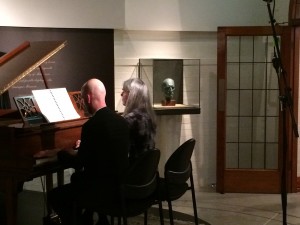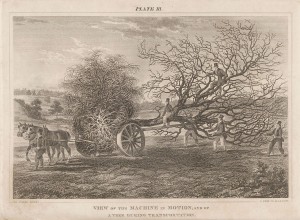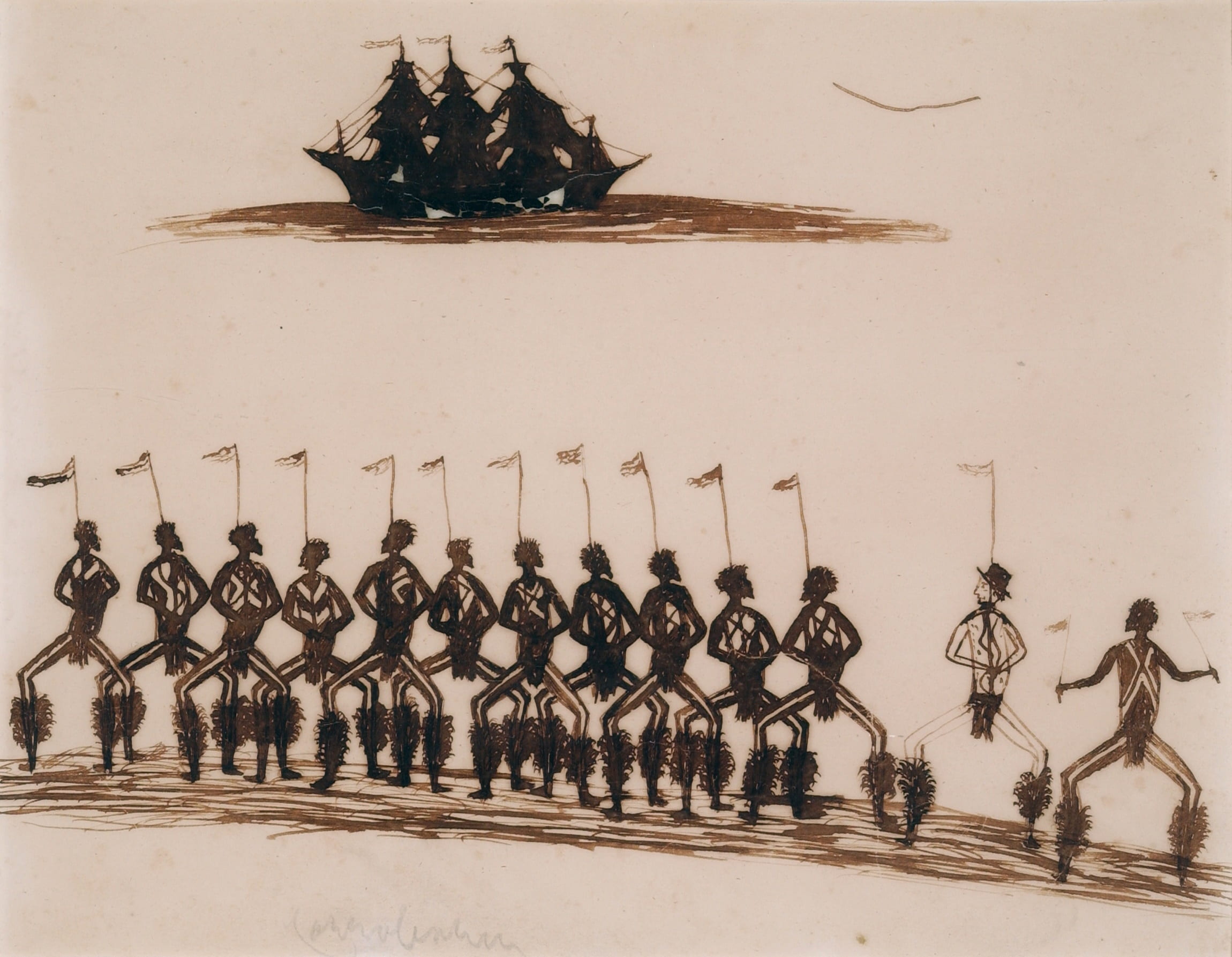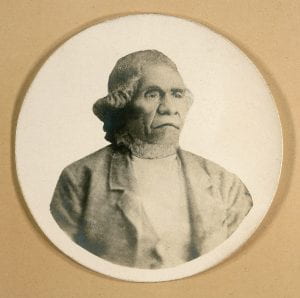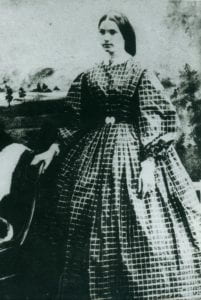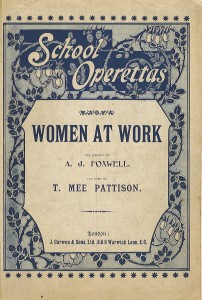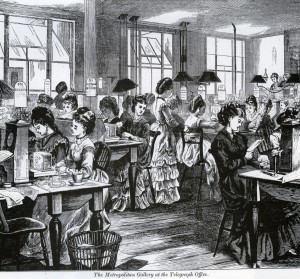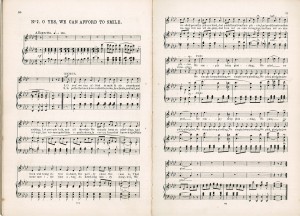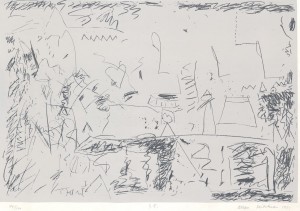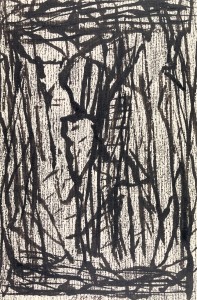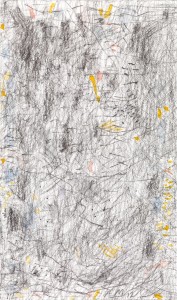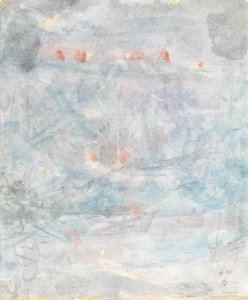Alkan in the afternoon: an unusual recital on Percy Grainger’s piano
 On Sunday 28 August the galleries of the Grainger Museum rang with the sound of Charles-Valentin Alkan’s music played on Grainger’s Weber Duo-Art piano by Stephanie McCallum (Sydney Conservatorium of Music, University of Sydney) and Erin Helyard (Melbourne Conservatorium of Music, University of Melbourne). The rich textures of rarely-heard four-hand piano repertory were enjoyed by an appreciative and numerous audience, augmented by the attentive faces of the portraits hanging in the front gallery as part of the exhibition Water, marks and countenances: Works on paper from the Grainger Museum collection.
On Sunday 28 August the galleries of the Grainger Museum rang with the sound of Charles-Valentin Alkan’s music played on Grainger’s Weber Duo-Art piano by Stephanie McCallum (Sydney Conservatorium of Music, University of Sydney) and Erin Helyard (Melbourne Conservatorium of Music, University of Melbourne). The rich textures of rarely-heard four-hand piano repertory were enjoyed by an appreciative and numerous audience, augmented by the attentive faces of the portraits hanging in the front gallery as part of the exhibition Water, marks and countenances: Works on paper from the Grainger Museum collection.
Alkan’s 1850 arrangement of the Overture to Giacomo Meyerbeer’s opera Le Prophète provided a dramatic introduction to the recital—and to Grainger’s piano—entertaining with a range of styles and techniques, from impressive contrapuntal passages to the melodramatic power of tremolo octave writing. It was a treat to hear this work in the way that so many families experienced opera in the nineteenth century: unable to access or afford theatre tickets, they enjoyed the music at home, performed at the piano.
The central work of the afternoon was a 1906 transcription of Alkan’s Nine Preludes for pédalier op.66 (1866) by José Vianna de Motta, which traced a stimulating and moving journey and showcased McCallum and Helyard’s full range as performers from sensitive to exuberant, even athletic, pianism. For the revival of this extraordinary—and largely forgotten—music we are indebted to McCallum’s advocacy.
The encore was taken from Fauré’s Masques et Bergamasques suite of 1919, a composition that preceded the piano’s manufacture date by just over a decade, and it was a delight to hear this engaging repertoire performed on an instrument of its time, its distinctive tonal qualities enhancing the colours of Fauré’s beautiful writing.
Congratulations and thanks to Dr Jennifer Hill and the Grainger Museum for hosting this event, which was a tribute to the creative interaction of research and performance.
Dr Elizabeth Kertesz, Honorary Fellow, Melbourne Conservatorium of Music

